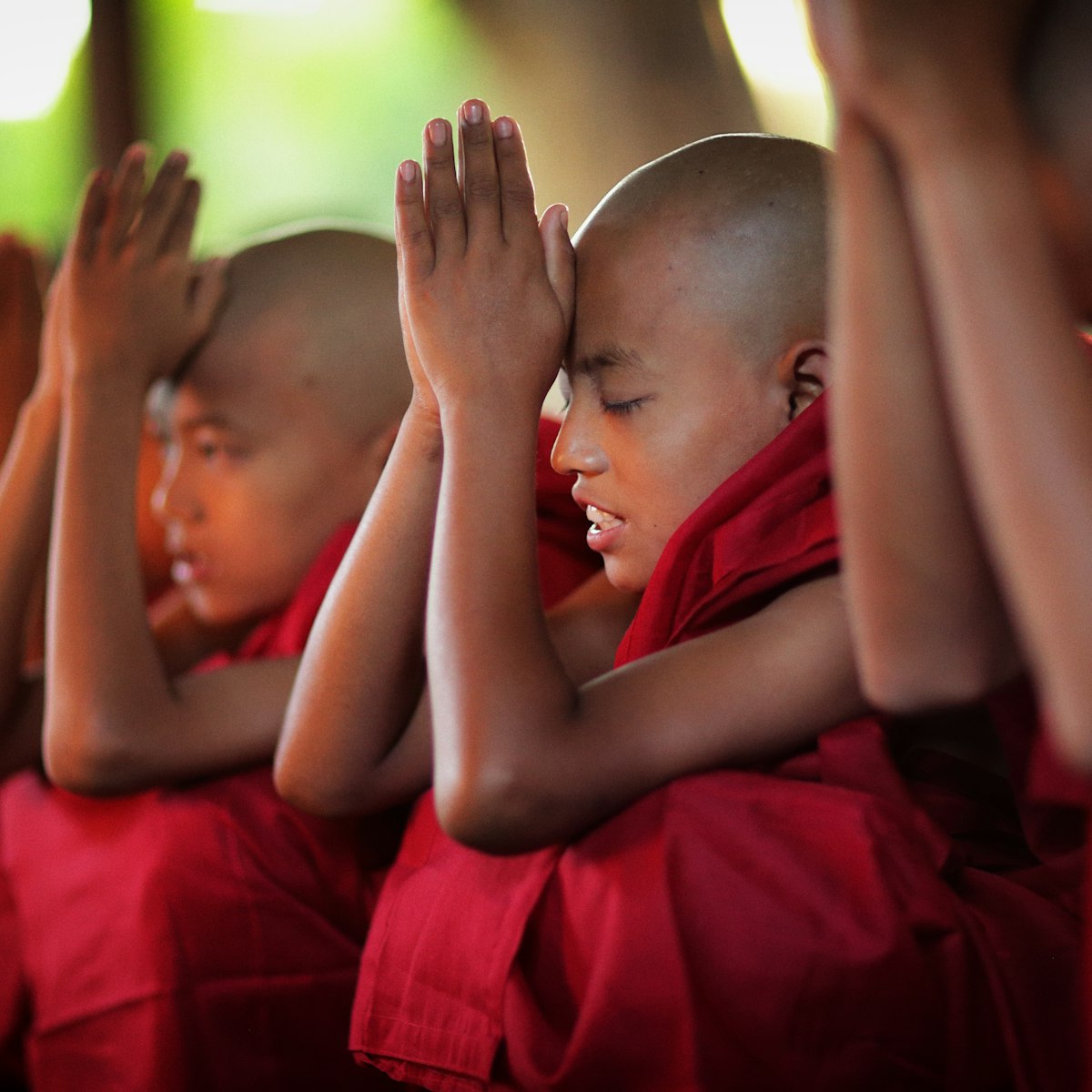
Paro
Paro Dzong ranks as a high point of Bhutanese architecture. The massive buttressed walls that tower over the town are visible throughout the valley,…

Getty Images
The charming town of Paro lies on the banks of the Paro (or Pa) Chhu, just a short distance northwest of the imposing Paro Dzong. The main street, only built in 1985, is lined with colorfully painted wooden shopfronts and restaurants, though these appear under threat as the town grows and multistorey concrete buildings continue to pop up. For now Paro remains one of the best Bhutanese towns to explore on foot and is worth an hour or two's stroll at the end of a day of sightseeing.

Paro
Paro Dzong ranks as a high point of Bhutanese architecture. The massive buttressed walls that tower over the town are visible throughout the valley,…

Paro
Perched above Paro Dzong is its ta dzong (watchtower), built in 1649 to protect the undefended dzong and renovated in 1968 to house the National Museum…

Paro
Just north of town, by the road leading to the National Museum, is Dumtse Lhakhang, an unusual chorten-like temple that was built in 1433 (some sources…

Paro
After a visit to Paro's weekend market or Druk Choeding temple, it's well worth wandering down to this local archery ground to see if there's a…

Paro
Zuri Dzong was built in 1352 as a fort and the five-storey main building is still well protected by double walls and a bridge. There are some particularly…

Paro
In the centre of tiny Bondey village, on the east side of the Paro Chhu, beside the main road near the Bondey bridge, is this charming and unusually…

Paro
Paro's weekend market isn't very large but it has a traditional feel and is a fine introduction to some of Bhutan's unique local products, from organic…

Paro
Lovely Pena (or Puna) Lhakhang is ignored by most visitors to Paro, but is said to have been founded by Tibetan King Songtsen Gampo in the 7th century,…

Get to the heart of Paro with one of our in-depth, award-winning guidebooks, covering maps, itineraries, and expert guidance.